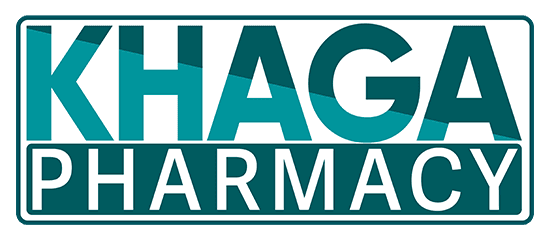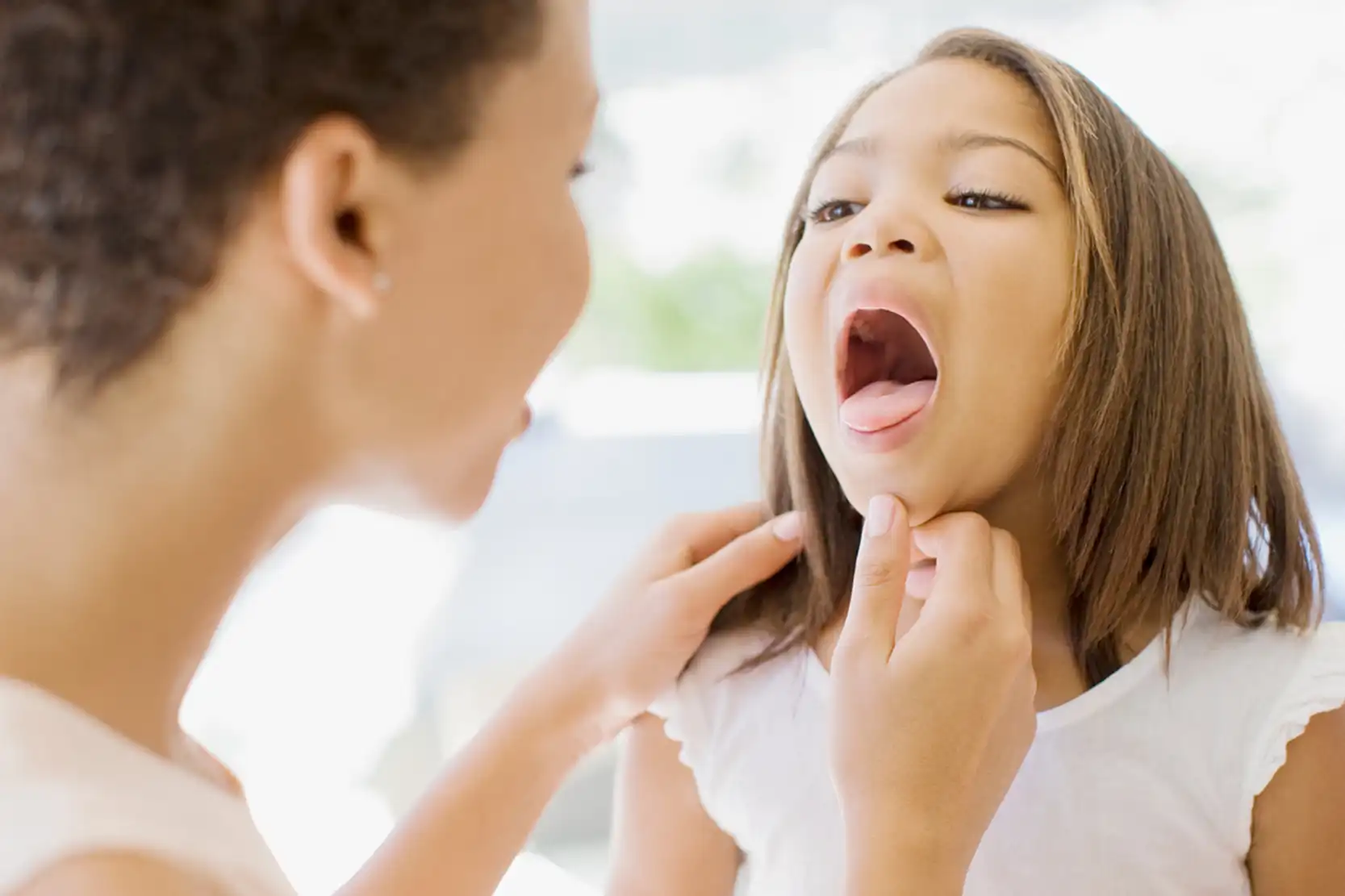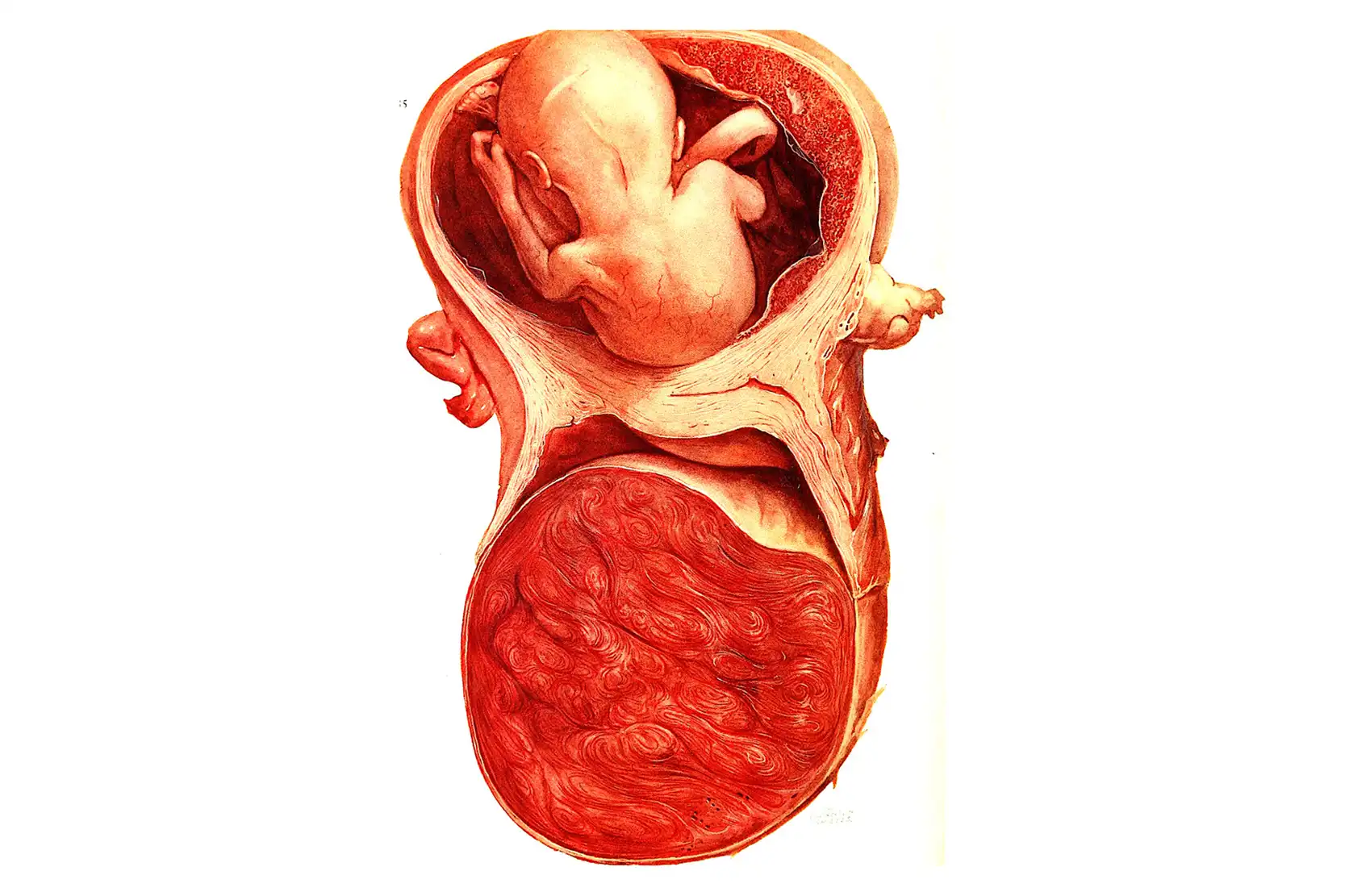
HEALTH BLOG
How Old Should You Be to Drink Powerade?: It's Safe And Effective to Use
-
Rahul Priydarss
Discover the key details about “How Old Are You Supposed to Drink Powerade?” in our comprehensive guide. Powerade, introduced by The Coca-Cola Company in 1988, is designed for hydration and electrolyte replenishment during intense physical activities. This article explores the recommended age for consuming Powerade, emphasizing that while it benefits active teenagers and adults, younger children should primarily drink water. Learn about the drink’s sugar content, absence of caffeine, and how it compares to other beverages like BodyArmor and Jack Daniel’s. Find out when Powerade is most suitable for effective hydration and performance support.
Introduction to Powerade Drink:
Powerade is a popular sports drink brand providing hydration and energy to athletes and active individuals since its launch. Introduced by The Coca-Cola Company in 1988, Powerade was developed to compete with Gatorade, a leading sports drink brand. Powerade is formulated to help replenish electrolytes lost through sweat during physical activity, which is essential for maintaining fluid balance and preventing dehydration.
Powerade’s primary ingredients include water, high fructose corn syrup, electrolytes (sodium and potassium), and various flavorings. It is available in various flavors, including fruit punch, blue raspberry, and lemon-lime, making it a versatile choice for different tastes. The drink also contains B vitamins, which are important for energy metabolism and can enhance physical performance. Athletes often consume Powerade during and after exercise, but it can also be a hydrating option for anyone engaged in strenuous physical activity. Its formulation is designed to quickly rehydrate and restore electrolyte levels, which can help improve endurance and overall performance.
What is Powerade Drink?:
Powerade is a brand of sports drink designed to help rehydrate and replenish electrolytes lost during physical activity. Developed by The Coca-Cola Company, Powerade was first introduced in 1988 as a competitor to Gatorade, a leading sports drink at the time. Powerade’s primary purpose is to restore fluid and electrolyte balance, which is crucial for maintaining hydration and supporting optimal physical performance. The drink contains a mix of water, high fructose corn syrup or other sweeteners, electrolytes (such as sodium and potassium), and flavorings. Additionally, it includes B vitamins, which aid in energy metabolism.
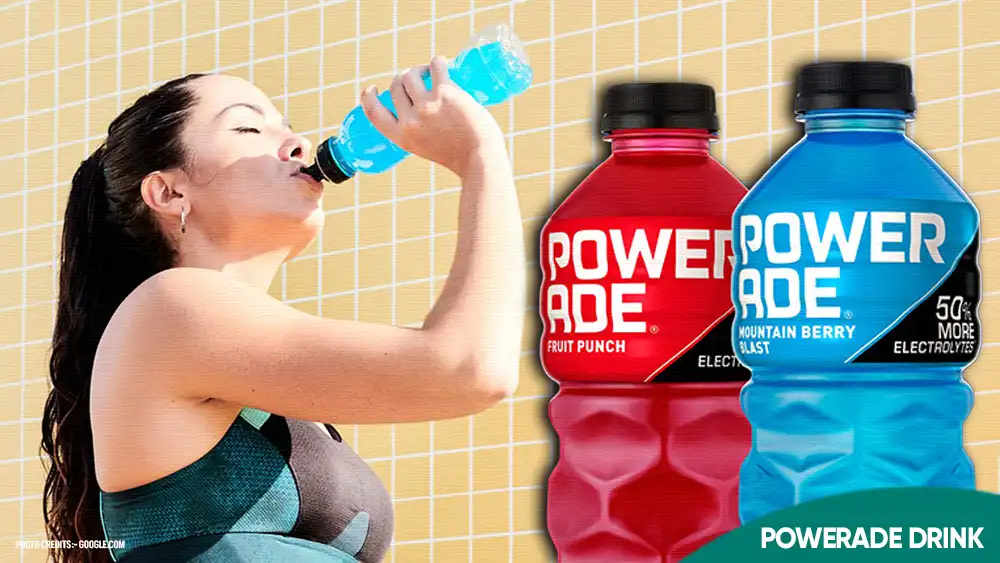
Table of Contents
What is Coca-Cola:
Creation and Early Days: Coca-Cola was created in 1886 by Dr. John Stith Pemberton, a pharmacist in Atlanta, Georgia. Initially intended as a medicinal tonic, the drink was formulated with a blend of coca leaf extract and kola nuts, hence the name “Coca-Cola.” Pemberton’s original recipe included coca leaf extract (which contained small amounts of cocaine) and kola nut extract, providing both a stimulating effect and a unique flavor.
The beverage was first served at Jacobs’ Pharmacy in Atlanta, where it was marketed as a cure for various ailments, including headaches and fatigue. Initially sold as a fountain drink, Coca-Cola quickly gained popularity among local patrons. The formula was later modified to remove the cocaine content, a change implemented in the early 1900s.
Growth and Global Impact: In 1888, Pemberton sold the rights to his drink to Asa Candler, who saw its commercial potential. Candler established The Coca-Cola Company and began aggressively marketing the beverage, which led to its rapid expansion. By the early 1900s, Coca-Cola was being bottled and distributed widely across the United States. The company’s growth was further accelerated by strategic marketing campaigns and the establishment of bottling franchises. This distribution model allowed Coca-Cola to reach consumers nationwide and eventually internationally. The iconic contour bottle, introduced in 1915, became a symbol of the brand and helped distinguish Coca-Cola from its competitors.
Throughout the 20th century, Coca-Cola expanded its product line and marketing efforts globally, solidifying its presence in international markets. The company embraced global advertising campaigns, sponsorships, and the introduction of new products, such as Diet Coke and Coca-Cola Zero Sugar, to cater to changing consumer preferences. Today, Coca-Cola is one of the most recognized and widely consumed beverages in the world. The brand has a significant global impact, with a vast network of bottling partners and a presence in nearly every country. Its influence extends beyond beverages, shaping marketing strategies, cultural references, and consumer habits worldwide.
Origin and History of Powerade Drink:
Powerade was created by The Coca-Cola Company and first introduced to the market in 1988. The drink was developed as a response to the growing popularity of sports drinks, particularly Gatorade, which had established a strong presence in the market since its introduction in 1965.
The development of Powerade aimed to offer an alternative to Gatorade by focusing on providing effective hydration and replenishing electrolytes lost during intense physical activity. Initially, Powerade was launched in just a few flavors and targeted primarily at athletes and sports enthusiasts.
In its early years, Powerade sought to establish itself as a credible and effective sports drink through various marketing strategies, including endorsements by professional athletes and sponsorship of sports events. Over time, it expanded its product line to include a wider variety of flavors and formulations, catering to different consumer preferences and needs.
Powerade has also undergone several reformulations and packaging updates since its launch. For instance, in the 2000s, Powerade introduced a new formula with added electrolytes and a focus on improved taste. It also expanded its product range to include Powerade Drink Zero, a low-calorie version of the drink with no sugar, aimed at providing the same hydration benefits without the added calories.
Ingredients in Powerade Drink:
Powerade is formulated to provide hydration and replenish electrolytes lost during physical activity. The primary ingredients in Powerade include.
Water: The main component of Powerade, serving as the base for the drink.
High Fructose Corn Syrup (or other sweeteners): This provides sweetness and helps to improve the drink’s taste. In some formulations, it may be replaced with other sweeteners like sucrose or artificial sweeteners.
Electrolytes: Essential for hydration and maintaining fluid balance, the key electrolytes in Powerade include:
- Sodium: Helps in retaining fluids and maintaining electrolyte balance.
- Potassium: Aids in muscle function and helps in rehydration.
Citric Acid: Used to add tartness and enhance the flavor of the drink.
Natural and Artificial Flavors: These provide the drink’s distinctive taste. The specific flavorings vary depending on the flavor of the Powerade.
Color Additives: Used to give the drink its appealing color. The specific dyes depend on the flavor, such as Red 40 or Blue 1.
B Vitamins: Includes vitamins like B3 (niacinamide), B6 (pyridoxine hydrochloride), and B12 (cyanocobalamin), which play a role in energy metabolism and support physical performance.
Sodium Citrate: Acts as a buffering agent to maintain the drink’s pH balance.
Calcium Lactate (in some formulations): Provides calcium, which supports bone health and may contribute to electrolyte balance.
Here is a table outlining the typical ingredients found in Powerade, including their quantities for a standard 20-ounce (591 mL) bottle:
| Ingredient | Quantity per 20 oz (591 mL) Bottle |
|---|---|
| Water | 591 mL |
| High Fructose Corn Syrup | 32 grams |
| Citric Acid | 0.6 grams |
| Sodium Citrate | 0.1 grams |
| Electrolytes (Sodium) | 200 mg |
| Electrolytes (Potassium) | 75 mg |
| Natural Flavors | Variable (approx. 0.5 grams) |
| Artificial Flavors | Variable (approx. 0.2 grams) |
| Color Additives | Variable (0.1-0.5 grams) |
| Benzonic Acid (preservative) | 0.03 grams |
| Caffeine (if applicable) | 0 mg (or up to 200 mg in caffeinated versions) |
| Added Vitamins (e.g., B vitamins) | Variable, usually around 1-2 mg each |
Note: Quantities may vary slightly depending on the specific flavor and formulation of Powerade. Always refer to the product label for precise ingredient information.
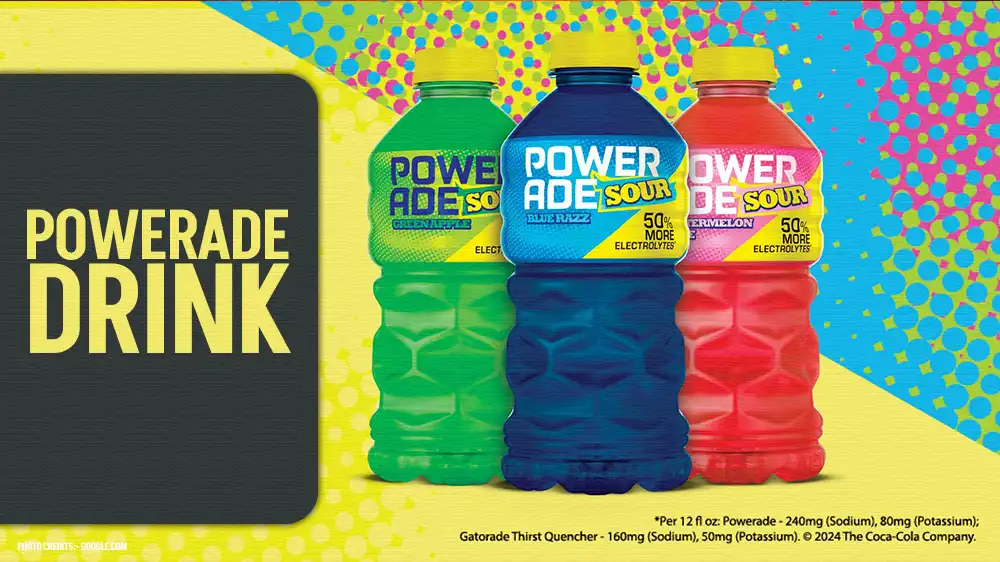
How Old Should You Be to Drink Powerade?:
Powerade is generally designed for individuals who are engaged in physical activities or sports and need to replenish electrolytes and hydration. There isn’t a specific age restriction for drinking Powerade, but it’s important to consider the following.
Children and Adolescents: While Powerade is safe for children and teenagers, it should be consumed in moderation. For younger individuals, especially those under the age of 12, it’s often better to focus on water for hydration unless they are engaging in intense physical activities. The high sugar content and electrolytes in sports drinks might not be necessary for everyday activities and could contribute to excessive calorie intake.
Active Individuals: For teenagers and adults who are participating in vigorous exercise or sports, Powerade can be a beneficial option for hydration and electrolyte replenishment. It helps restore fluids and electrolytes lost through sweat, which is especially important during extended or intense physical activities.
General Use: For those not engaged in significant physical exertion, regular water or other low-calorie beverages are typically sufficient for hydration.
Recommended Age for Powerade Drink:
Powerade does not have a strict age restriction, but recommendations for its use vary based on age and activity level.
Children (Under 12): For younger children, water is usually sufficient for hydration. Powerade and similar sports drinks are typically not necessary unless the child is engaging in prolonged or intense physical activity. Excessive consumption of sports drinks by children can lead to high sugar intake and potential dental issues.
Teenagers (12-18): Teenagers who participate in regular or intense physical activities, such as sports or extended exercise, can benefit from Powerade for its hydration and electrolyte replenishment. However, it should be consumed in moderation to avoid excessive sugar intake.
Adults: Adults who engage in vigorous exercise or sports can use Powerade effectively to rehydrate and replenish lost electrolytes. It’s generally safe and appropriate for adults to consume Powerade during and after intense physical activity.
Health Considerations of Powerade Drink:
While Powerade can be beneficial for hydration and electrolyte replenishment during intense physical activities, there are several health considerations to keep in mind.
Sugar Content: Powerade contains high levels of sugar, which can contribute to excessive calorie intake and potentially lead to weight gain or dental issues if consumed in large quantities. It’s important to balance the intake of sports drinks with overall dietary habits and physical activity levels.
Calories: The calories in Powerade primarily come from its sugar content. Regular consumption of high-calorie beverages without corresponding physical activity can contribute to weight gain and obesity.
Electrolyte Balance: While Powerade helps replenish electrolytes lost during intense exercise, overconsumption in non-exercise situations can lead to an imbalance. It’s generally unnecessary for everyday hydration needs unless engaging in strenuous activities.
Artificial Ingredients: Powerade contains artificial flavors and color additives, which some individuals may prefer to avoid. These additives are generally considered safe in the amounts used but may be a concern for those with sensitivities or preferences for natural products.
Hydration Needs: For most everyday activities, water is sufficient for hydration. Relying on sports drinks like Powerade when not needed for significant physical exertion can lead to unnecessary calorie and sugar intake.
Health Conditions: Individuals with certain health conditions, such as diabetes or kidney disease, should be cautious with sports drinks due to their sugar content and electrolyte levels. Consulting with a healthcare provider is advisable for personalized recommendations.
Comparison of Powerade Drink vs other drinks:
Powerade is a sports drink specifically designed for hydration and electrolyte replenishment during and after intense physical activity. It contains water, high fructose corn syrup, electrolytes (sodium and potassium), B vitamins, and various artificial flavors and colors. Powerade’s primary focus is to provide hydration and replace electrolytes lost through sweat, making it particularly beneficial for athletes and those engaged in vigorous exercise. It is generally low in calories, though some versions contain added sugars.
In contrast, Jack Daniel’s is a type of whiskey, an alcoholic beverage that serves primarily for enjoyment and social drinking. Its key ingredients include a grain mash (corn, rye, barley), yeast, and water. While Jack Daniel’s is enjoyed for its flavor and social aspects, it contains alcohol, which can have health implications such as affecting liver health, increasing calorie intake, and impairing judgment and coordination. It is not intended for hydration or physical performance.
Fresca Mixed, on the other hand, is a mixed drink that combines Fresca, a grapefruit-flavored soda, with alcohol. This beverage is geared towards refreshment and enjoyment, often in social settings. It contains alcohol and added sugars, making it a source of extra calories. Although Fresca Mixed can be enjoyable, it does not serve the purpose of hydration or athletic performance enhancement.
BodyArmor Drinks are another type of sports drink, focuses on hydration and electrolyte replenishment similar to Powerade. However, BodyArmor often highlights its use of natural ingredients like coconut water, along with added vitamins and electrolytes such as potassium and sodium. This makes BodyArmor a potentially healthier option for those seeking a sports drink with fewer artificial ingredients and additional nutrients.
How Much Sugar is in Powerade Drink:
The sugar content in Powerade varies depending on the specific product and flavor. Typically, a 20-ounce (591 ml) bottle of regular Powerade contains about 34 grams of sugar. This amount can vary slightly between different flavors and formulations.
- Powerade Sour Blue Razz: Approximately 21 grams of sugar per 20-ounce bottle.
- POWERADE Sour Watermelon Lime: Around 21 grams of sugar per 20-ounce bottle.
- Powerade SOUR GREEN APPLE: Also about 21 grams of sugar per 20-ounce bottle.
Powerade Zero, a low-calorie version of the drink, contains no sugar but uses artificial sweeteners instead.
How Much Caffeine is in Powerade Drink?:
Powerade drinks do not contain caffeine. Unlike some other sports drinks and energy beverages, Powerade’s formulation focuses on providing hydration and replenishing electrolytes without the addition of caffeine. If you’re looking for a beverage with caffeine for an energy boost, you might consider alternatives like caffeinated energy drinks, coffee, or tea.
FAQs about Powerade Drink:
A1: Powerade is a sports drink developed by The Coca-Cola Company, designed to help rehydrate and replenish electrolytes lost during physical activity. It contains water, high fructose corn syrup, electrolytes (sodium and potassium), and B vitamins to support hydration and performance.
A2: Powerade can be consumed by individuals of various ages, but it is best suited for those engaged in physical activities. Children under 12 should primarily drink water unless they are involved in intense exercise. Teenagers and adults can benefit from Powerade during vigorous activities.
A3: A 20-ounce bottle of regular Powerade typically contains about 34 grams of sugar. Powerade Zero, a low-calorie version, contains no sugar and uses artificial sweeteners instead.
A4: No, Powerade drinks do not contain caffeine. They are formulated to provide hydration and electrolytes without the stimulant effects of caffeine.
A5: Powerade is a sports drink for hydration and electrolyte replenishment, unlike alcoholic beverages like Jack Daniel’s, which are for enjoyment and social drinking, or mixed drinks like Fresca Mixed, which combine soda with alcohol. BodyArmor Drinks are similar to Powerade but often feature natural ingredients and added vitamins.
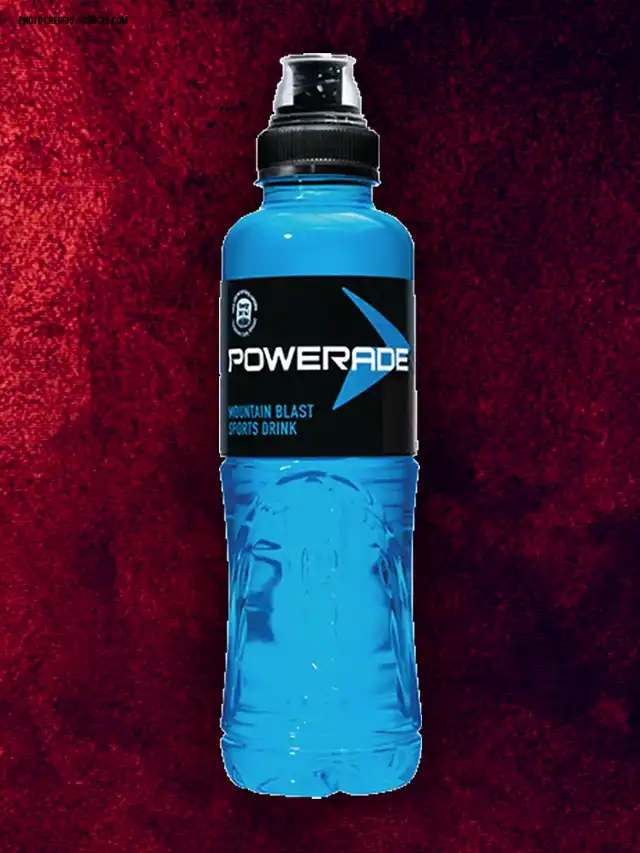
-Please remember, to always consult with healthcare professionals or Doctors for personalised advice related to medical conditions.
Conclusion:
In conclusion, the question of “How Old Are You Supposed to Drink Powerade?” highlights the importance of age-appropriate hydration strategies. While Powerade is designed for athletes and active individuals of various ages, it is generally best for children under 12 to stick with water for routine hydration. Teenagers and adults engaged in intense physical activities can benefit from Powerade’s electrolyte replenishment. However, it’s crucial to consume it in moderation due to its high sugar content. For everyday activities, water remains a suitable choice, and Powerade should be reserved for when its specific benefits are needed. Balancing intake based on age and activity level ensures optimal hydration and health.
